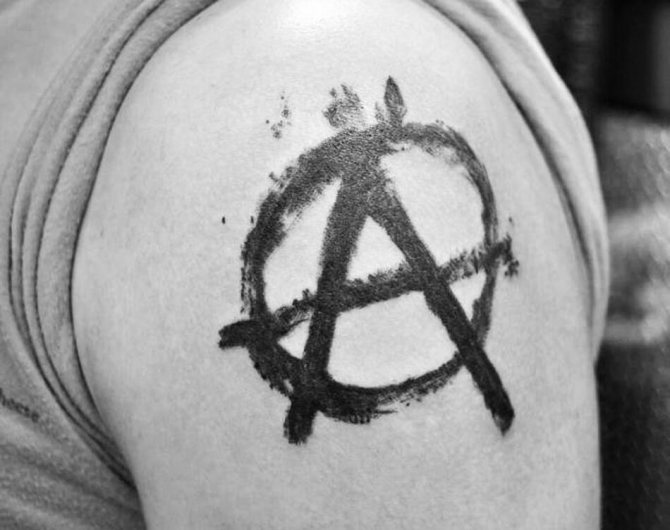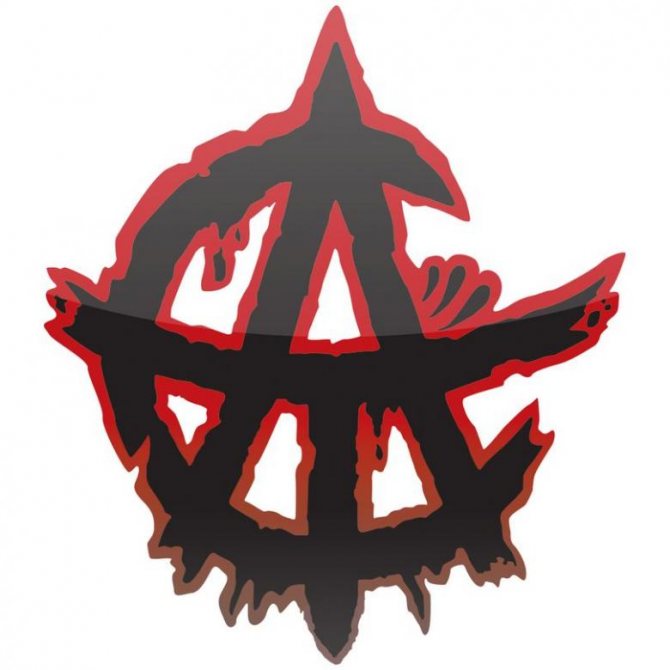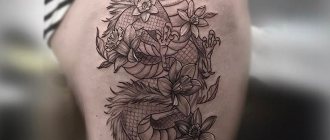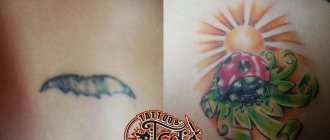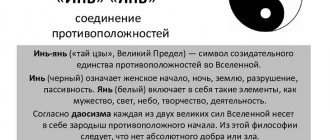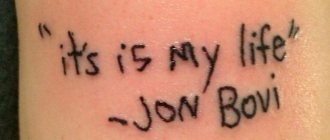What began as a philosophical doctrine eventually turned into a revolutionary movement. Anarchism has been known since ancient times, but it took on its current meaning in the mid-19th century. The confrontation between the working people and the government began to grow at that time. The French Revolution was one of the reasons for the emergence of a new ideal of freedom and equality. Conceived democracy was not recognized by the supporters of anarchy. The forefather of this movement was the French thinker Pierre Joseph Prudhon. It is to him belongs the famous phrase "Anarchy is the mother of order. The flag under which the members of the fraternities acted was black. Over time, it was transformed and supplemented. The main color remains black, but it is combined with others. It depends on the kind of anarchism.
Besides the flag, anarchists have their own symbolism. There are a number of variations that they adopt. Perhaps every even slightly educated person knows what the sign of anarchy looks like. It is the capital letter "A" circled in a circle. But it is only the basic sign of anarchy.
A black cross with a fist
There were many different anti-monarchist organizations in the Russian Empire. Many of them were of clandestine nature. The organization "Anarchist Black Cross" was not an exception. Their symbol was a black cross with the top in the form of a clenched fist. The symbol meant a connection to anarchism, that is, the refusal to recognize authority. The fist was an image of unity. "Each finger alone is weak, but clenched together is strength."
The anarchist black cross came as a modification of the symbolism of the Red Cross, used by the largest international humanitarian organization. The initial name of the organization was "Anarchist Red Cross. It was dedicated to supporting political prisoners. After the revolution, the name was changed to avoid confusion. Some mistakenly thought the organization was part of the International Committee of the Red Cross, which also worked to free prisoners.
Other signs and symbols of anarchism
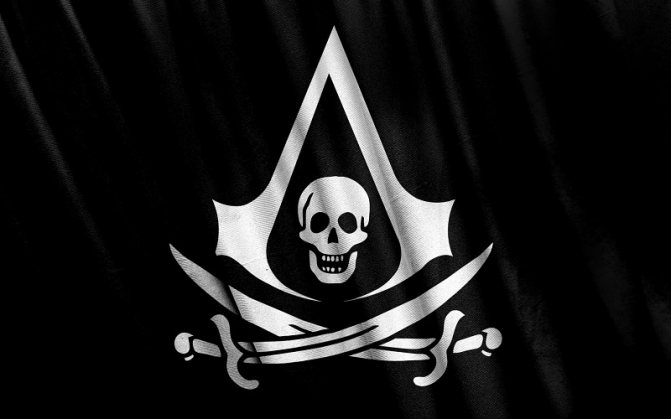
What does the black rose sign of anarchy mean? One of the first to explain and popularize it was Liz Heilemann. Its main use is to separate anarchist literature from the rest. It comes from the translation from English of the Irish ballad "Black Rose. This symbol can be seen at the Anarchist Book Fair, which was last held in 2012.
"Eat the Rich" is an anarchy sign whose meaning speaks for itself. It looks like the "Jolly Roger," only instead of crossed bones under the skull, it has a table fork and knife. Used as a symbol of anarcho-punk. It gained great popularity in the eighties after the release of the single "Mothurhead" in 1987 for the movie comedy "Eat the Rich".
The symbol of the red anarcho-skinheads (rashi) can be added to the list as another sign of anarchy. The meaning of its three red arrows inside the circle is deciphered by the motto "Freedom. Equality. Mutual Aid." They were active in Germany, from the early thirties of the 20th century, as an anti-fascist organization.
Links
- Mediafiles on Wikimedia Commons
- Symbols of Anarchism on Anarchism.net
- The Red-Black Banner
- The Symbols of Anarchy on infoshop.org
- To the history of the red-black flag of the anarcho-syndicalists
To improve this article it is advisable to:
Please, after fixing the problem, remove it from the list of parameters. This template can be deleted by any member after all deficiencies have been corrected. |
Content
- 1 A in the Circle 1.1 Description
- 1.2 Pre-anarchist usage
- 1.3 History of anarchist use
- 5.1 The black flag 5.1.1 History
- 6.1 Black Rose
Meaning for women
Sometimes the anarchy tattoo is also chosen by members of the fair sex. For women, such a body drawing means:
- freedom
- individualism
- rejection of authority
- not subordination
Tattoo anarchy tells about the freedom-loving nature of its owner. Such a woman does not like to submit to any regimes and is always ready to defend her own opinion.
Often such representatives of the fair sex do not recognize the existing authorities.
Notes
- Simbolismo anarchico - Anarcopedia (inaudible)
. www.anarcopedia.org. Date of reference: 25 March 2021. - Bandiera Nera - Anarcopedia (neoprene).
. www.anarcopedia.org. Date of access: 25 March 2021. - Anarchopediani.
Bandiera Nera (Italian).
Anarchopedia italiana.
. Date of reference: 24 July 2021. Archived May 2, 2015. - Per Bylund.
The Classical Symbol of Anarchism.
anarchism.net.
. Accessed July 24, 2021. Archived April 14, 2005.
Closing Words
In conclusion, I would like to say that only by knowing history can one judge the present. One cannot approach the consideration of a certain issue categorically and from one point of view. For many, the sign of anarchy evokes horror and fear, but by studying history, you can learn that it was a symbol of freedom, equality and justice.
Thus, there is no need to panic at the sight of one of the above symbols, but simply remember what they used to mean. The modern interpretation of anarchism is slightly different from the original.
The wooden shoe.


This symbol of anarchism has long been forgotten. It was popular in the late 19th and early 20th centuries. This sign became widespread due to the use of the wooden shoe to disrupt production. It was the one that was thrown into the machines, thus breaking them. It was from the French word "sabot" (wooden shoe) that the word "sabotage" came from.
Thus was the object immortalized in history. The "wooden shoe" sign of anarchy, although forgotten by many, is one of the main ones. It was at the origins of the radical movement. Nowadays, this sign of anarchy is no longer relevant. Pictures of the wooden shoe, however, are familiar to anyone belonging to the movement.
Flags [ edit | edit code ]
The flags of anarchist organizations are usually black, or combine black and other colors in equal proportions, emphasizing affiliation to a particular variety of anarchism. Most often the flag is divided by a diagonal line into two halves, one of which (lower) is black and the second (upper) is red, green, purple, etc.
The black flag [ edit | edit code ]
Black has been associated with anarchism since 1880. The name of many anarchist groups contains the word "black". There are also many anarchist periodicals called "Black Flag".
The uniform black color of this flag symbolizes the negation of all oppressive structures. A plain black flag is almost an anti-flag (states tend to use colorful flags). In addition, the white flag is traditionally a sign of surrender at the mercy of the victor, and thus the black flag can be seen as the polar opposite of surrender. It is also assumed that the black color of the flag symbolizes mourning for comrades who died for the ideas of anarchism.
The black flag was also used by pirates.
History [ edit | edit code ]
In 1831, the diggers of Reims, France, revolted under a black flag that bore the slogan "Labor or Death!" The famous rebellion of weavers in Lyon in 1831 also took place under a black flag.
Later, after the defeat of the Paris Commune, the black flag became a symbol of mourning for the free city.
In 1918-1921, Gulyapol anarchists led by Nestor Makhno fought under black anarchist banners.
The black and red flag [ edit | edit code ]
The black and red flag is the symbol of anarcho-syndicalism and anarcho-communism. The principles of anarcho-syndicalism, as part of the trade union movement, are based on both anarchism and socialism (more so than other anti-capitalist anarchist movements). That is why their flag combines the black of anarchism and the red of socialism.
Black and red flags were first used in the Lyon uprising of 1831. Later, Italian, Spanish and Mexican anarchists rose under the black-red flag.
The modern black and red flag appeared in Spain and France in the early 20th century.
The black and green flag [ edit | edit code ]
The black and green flag is a modification of the traditional black and red flag. This flag is used by the social ecology movement, eco-anarchists and anarcho-primitivists. It is meant to symbolize anarchism that cares not only about people, but also about the natural environment (forests, animals, biosphere, etc.). д.). That is why it includes the color green as a symbol of nature.
The black and purple flag [ edit | edit code ]
A variation of the anarchist flag, the black and purple flag is a symbol of anarcho-feminism. It is intended to represent the struggle against sexism and patriarchy.
The black and yellow flag [ edit | edit code ]
The black and yellow flag is a symbol of anarcho-capitalism (as well as libertarianism in general), a form of anarchism that prioritizes the inviolability of the individual [ source not specified 40 days
] and its private property.
Read also: Truck body photo
Wildcat.
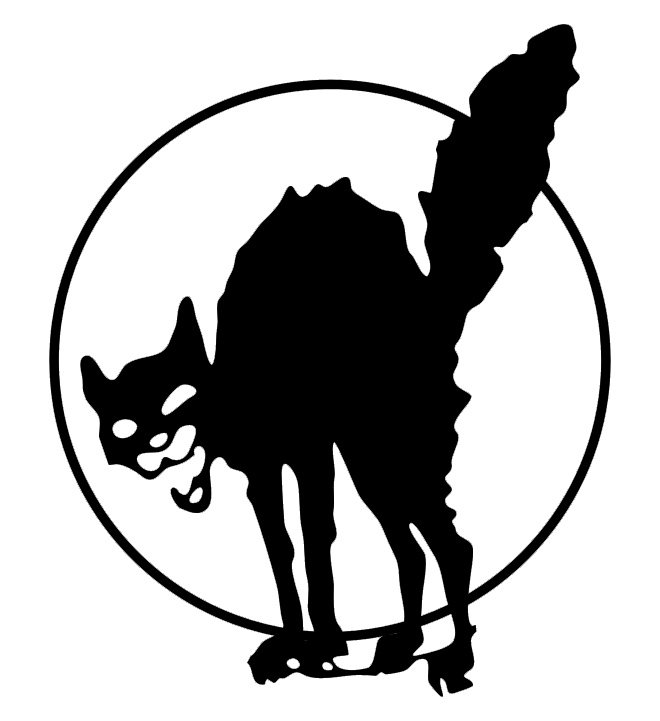

Also among the symbols of anarchism is the emblem of the black cat. This sign of anarchy is the symbol of the IRM. The workers' organization called for strikes and radical unions. The designer of the black cat symbol with a curved back and claws released was Ralph Chaplin, one of the organizers of the IRM. It played an important role in racial and gender tolerance. The IRM was one of the first labor unions in the United States to admit blacks and women to its ranks. They are also credited with establishing the eight-hour workday. They were instrumental in increasing freedom of speech early in the last century in the States.
No authentic information about the appearance of the symbol of anarchy in the form of the black cat has been established. One story says that the sign served as a mascot for one seemingly failed strike. At the time, many strikers, after receiving a fair amount of police batons, ended up in the hospital. At the same time, a beaten and skinny cat wandered into the strikers' camp. The proletarians began to feed it. The animal began to get better. At the same time, things began to get better for the strike committee. The workers were satisfied with all their demands, and the animal then became their mascot.
But there is another version that explains the meaning of the sign of anarchy, the photo of which is given above. The black cat came from the word "strike", which in English sounds similar to the phrase "wild cat". This play on words was the basis for the creation of the symbol.
How to choose the right image?
Both rugged men and beautiful women choose anarchic tattoos, made, as a rule, in a new style or in a new school. Abundant variety of bright hues. The tattooist at the request of the client also performs a convex image. The latter simply amaze outside observers with its realism.
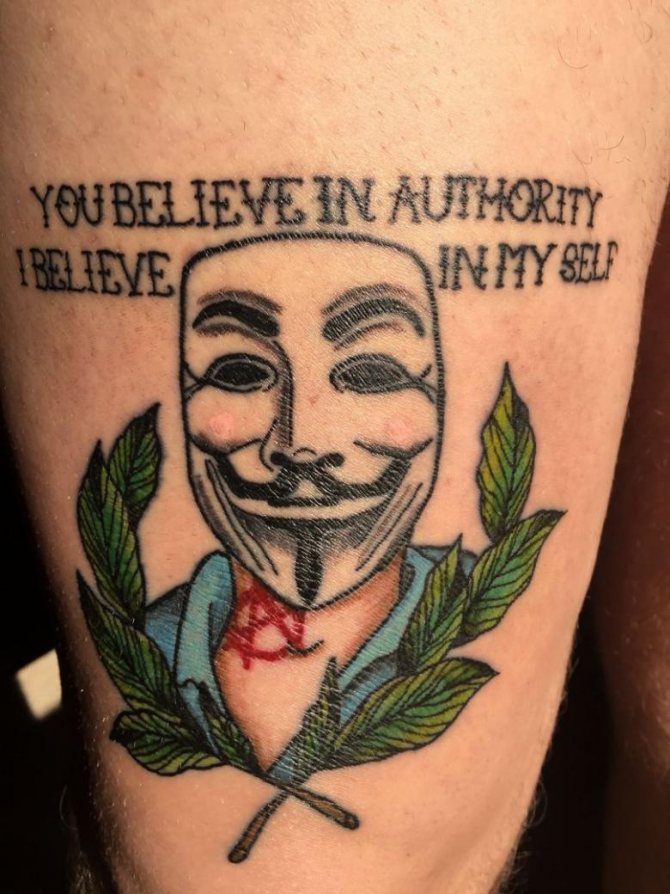

Those who prefer a smaller and modest tattoo, use a graphic genre application. Such a drawing is characterized by a modest size and obvious minimalism.Often in addition like to put a skull or bones. Popular is the insertion of an image of death with a scythe, a sign of the apocalypse. Still like to decorate the picture with inscriptions of all kinds of content and tone (sometimes outright vulgar, explicit and obscene).
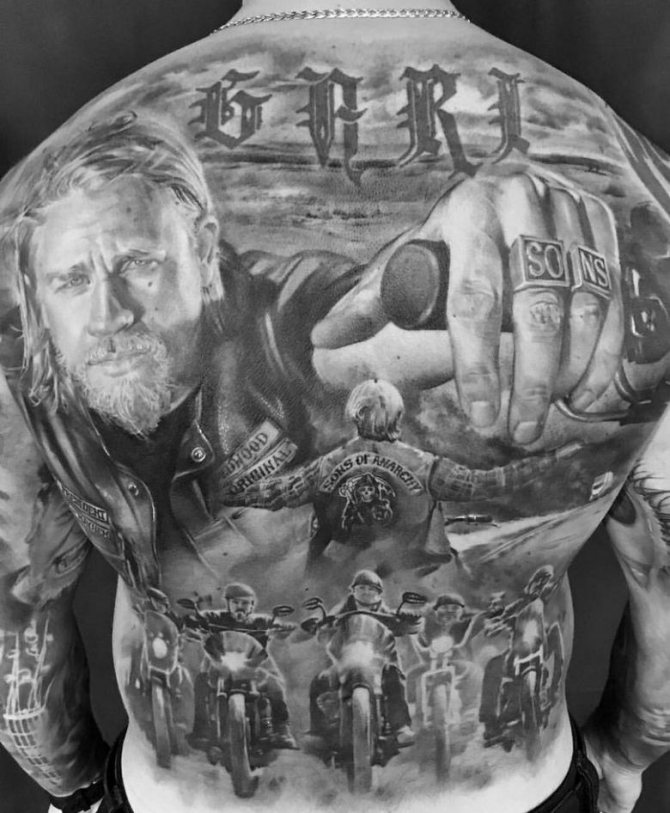

Tattoo performed both in color and in black and white, everything will depend on personal preferences of the customer. Stop on this or that contrast can be simply by reading the price list in any salon or choosing your favorite photos in the collection on the World Wide Web.
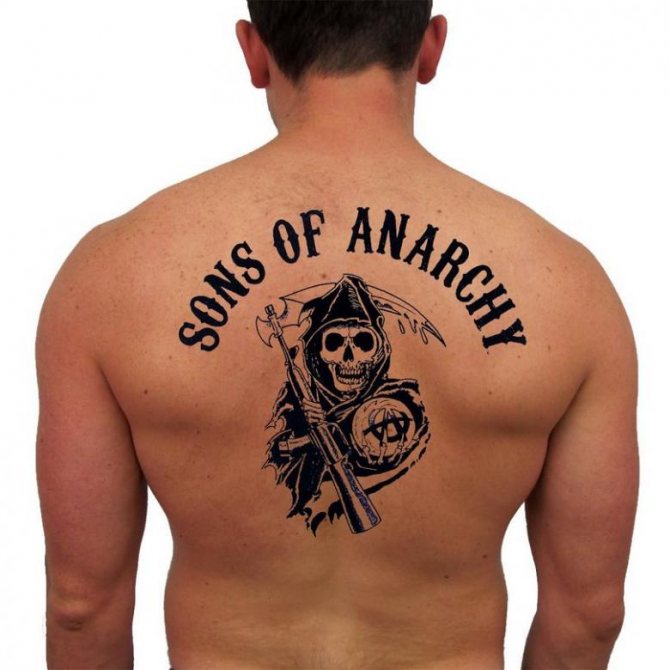

All Black.
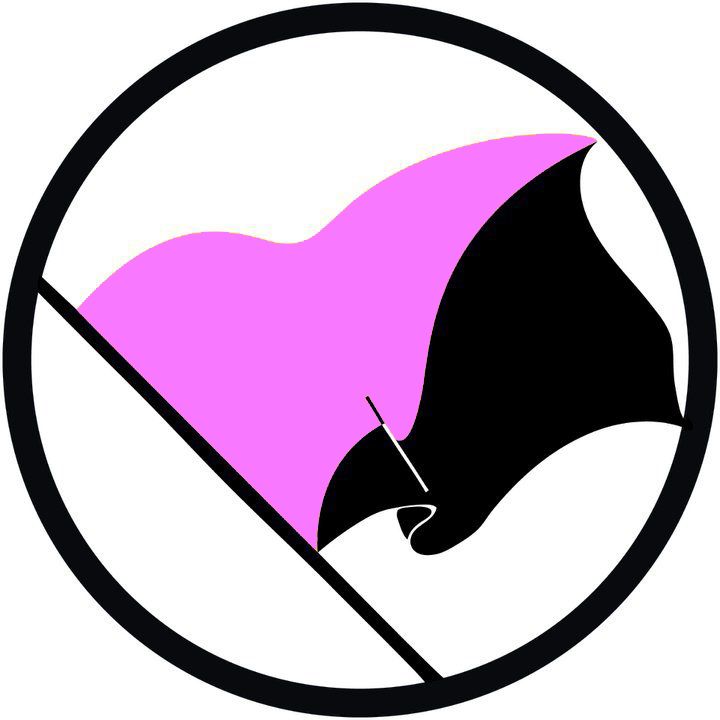

Since 1880, anarchists began to use black as one of the symbols of the idea of the movement. It is present in the names of anarchist groups and their periodicals.
The solid black color signifies the denial of repressive structures. Since any state uses bright colors for its flag, the black flag is a symbol of the negation of the state. It is the opposite of white, a symbol signifying surrender at the mercy of the victor (surrender). Black is also the color of mourning for the twin brothers who fought and died for the ideas of anarchism.
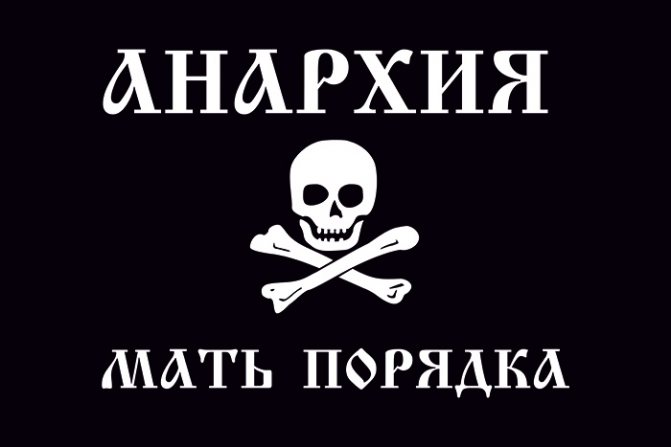

The Ukrainian anarchist Nestor Makhno of Gulyaypol used a black flag (though with the image of the "Jolly Roger") and with an inscription that translated into Russian sounds like "Death to all who hinder the extraction of freedom for the working people. There is another version of the black flag with the slogan of the Makhnov movement "Long live Anarchy!" The slogan asserted that power breeds parasites in society. His movement gave rise to many myths and legends. Today the symbols of Makhnovshchina can be found on souvenirs and clothing. It became a fashionable addition to the rebellious image.
Different branches of the anarchist movement used two-color variations of flags, depending on the ideological orientation. For example, the anarcho-communists and anarcho-syndicalists used the black and red flag. They followed principles based equally on anarchism and socialism. That is why their banner consisted of black and red colors. Such a sign first appeared during the 1831 rebellion in León.
Anarchists, who cared about both people and nature (forests, lakes, rivers, animals), protested under the black and green flag. And women anarcho-feminists fought against sexism with patriarchy under the black and purple banner. Among the offshoots of anarchism, there were still anarcho-capitalists who used black and yellow colors. Their values included personality and private property.
History of Adoption
Nestor Makhno appears in Ukraine on June 29, 1918, as an organizer of the armed struggle against the German-Austrian and Hetman armies. Already after the first operation, Nestor was selected as commander of the detachment. From this moment the history of the insurgent movement under the leadership of Nestor Makhno begins.
In November 1918, Germany, having lost the war, withdrew its troops from Ukraine. Other countries do the same. Three main forces remain in Ukraine: the Petlyura, Bolsheviks, and Makhnovists, who begin to antagonize each other. The Black Banner was used until 1921.
Other symbols [ edit | edit code ]
Black Rose [ edit | edit code ]
The black rose is a little-used anarchist symbol. It comes from the English translation of an old Irish ballad, "Róisín Dubh". The Black Rose symbol is generally used in educational initiatives - anarchist book publishing and journalism, and it is also used along with the red cross by some anarchists. One of the popularizers of this symbol is Liz Highleyman. The Black Rose also appears on the emblem, the San Francisco Anarchist Book Fair and the Portland Anarchist Library, Oregon.
Jolly Roger [ edit | edit code ]
Jolly Roger (Eng. Jolly Roger ), a pirate black flag with skull and bones, has recently become popular among anarchists. On many pirate ships democracy was established. The pirates, however, are said to have founded the first and only anarchist pirate republic, Libertania (Libertalia) on the island of Madagascar. Anarchists claim to be impressed by the pirate's love of freedom and justice, which is why they use the pirate flag.
Stars [ edit | edit code ]
Anarchist organizations often use stars as symbols. They are usually either black or red or divided by a diagonal line into two sectors: black and red/green/purple, etc.
Libertatis Equilibritas [ edit | edit code ]
Libertatis Equilibritas
(balance of liberties) is a new highly controversial anarchist symbol. It is most reminiscent of the gold dollar sign. Its inventors claim that this symbol was born as a derivative of three well-known symbols: "A in a circle", "Yin-yang" and the international dollar symbol.
"A in a circle" is the basis of the Libertatis Equilibritas
as it is the most recognizable and important symbol of anarchism. This sign joins the other two and forms the outer ring of
Libertatis Equilibritas
.
"Yin-yang" traditionally symbolizes the unity and struggle of opposites. In the symbol Libertatis Equilibritas
Yin-Yang sign signifies a balance of freedoms and rights.
The dollar sign is the most controversial part Libertatis Equilibritas
. Traditionally, it represents the currency of the United States or, in a broader sense, a symbol of capitalism. However, the authors of
Libertatis Equilibritas
argue that in their symbol the dollar sign is meant to signify freedom of exchange, whether ideas, goods, or services.
Symbolism of Market Anarchism [ edit | edit code ]
The symbol of agorism [ edit | edit code ]
The symbol of the agorists (revolutionary market anarchists) is the letter "A" in a circle, with the number "3" added to the top right. Thus, it is both a reference to the agorists' slogan "Agora! Anarchy! Action!" ("Agora! Anarchy! Action!"
) and to the name of the organization
Agorist Action Alliance
.
"Eat the Rich" [ edit | edit code ]
The "Eat the Rich" symbol ("Eat the Rich") is a variation of the Jolly Roger, and has been around since the 1980s. At first glance it looks like the Jolly Roger, but the crossed dice have been replaced by a fork and knife. It is, for the most part, a symbol of anarcho-punk.
The slogan "Eat Rich" was popularized among the anarcho-punk community thanks to the Motörhead song of the same name released in 1987, written for the Peter Richardson movie of the same name, as well as the Aerosmith song of the same name from the album Get a Grip (1993).
In runet, the phrase ("Eat the Rich") is sometimes translated as ("Eat the Bourgeois"), but is rarely used by the masses because it has a coarser form [ source not specified 3520 days
] .
RASH symbol [ edit | edit code ]
The Commonwealth of Red and Anarcho Skinheads uses a circle with three red or white arrows inside as a symbol. The arrows stand for "Freedom, Equality, Mutual Aid".
The three-arrow symbol appeared in the early 1930s in Germany as the emblem of the Iron Front.
African anarchism [ edit | edit code ]
This symbol is used primarily by the Zabalaza Anarchist Communist Federation (Zabalaza Anarchist Communist Federation, also ZACF or ZabFed). ZabFed is a federation of South African anarchist groups inspired by the organizational platform of libertarian communists. ZabFed members share the views on theoretical and tactical unity, collective responsibility and federalism proposed by the Platform.
The symbol of a united Africa, rendered in traditional black and red anarchist colors, is important as a symbol of the mixing of different demographic groups represented by Zabalaza in a social post-colonial environment with different racial and sexual problems.
The anarchists' use of the
"A" in a circle was first used by the Spaniards, members of the Federal Council of State of the International Workers' Association.
Such symbolism then appeared during the country's Civil War. Its use was even documented. There is a picture in which an anarchist of the strike group wore the image of A in a circle on the back of his own helmet. The symbol was later adopted by the Anarchist Workers' Union, an organization based in Brussels. Later, in 1964, the French organization Libertarian Youth armed themselves with this symbol.
Punks, ho!
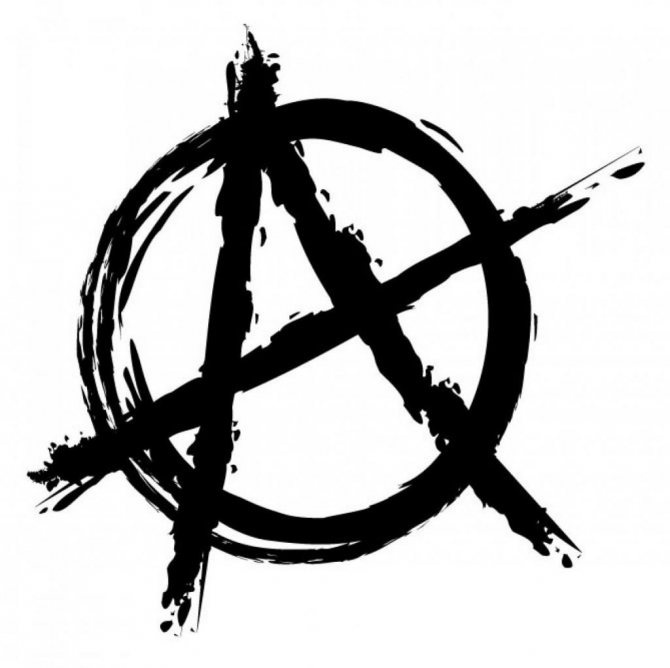

The sign of anarchy A in a circle became widely known in the seventies, thanks to the punk rock movement. In fact, with the help of the punk rock movement, the symbol spread around the world, but with a slight change. The deliberately sloppy image of the letter "A" comes out of the uneven circle. The ideologues of anarchism avoid using the anarchist symbol in this interpretation. It is contrary to the seriousness of anarchist ideology, is often distributed for commercial purposes, and is identified solely with the punk movement.


